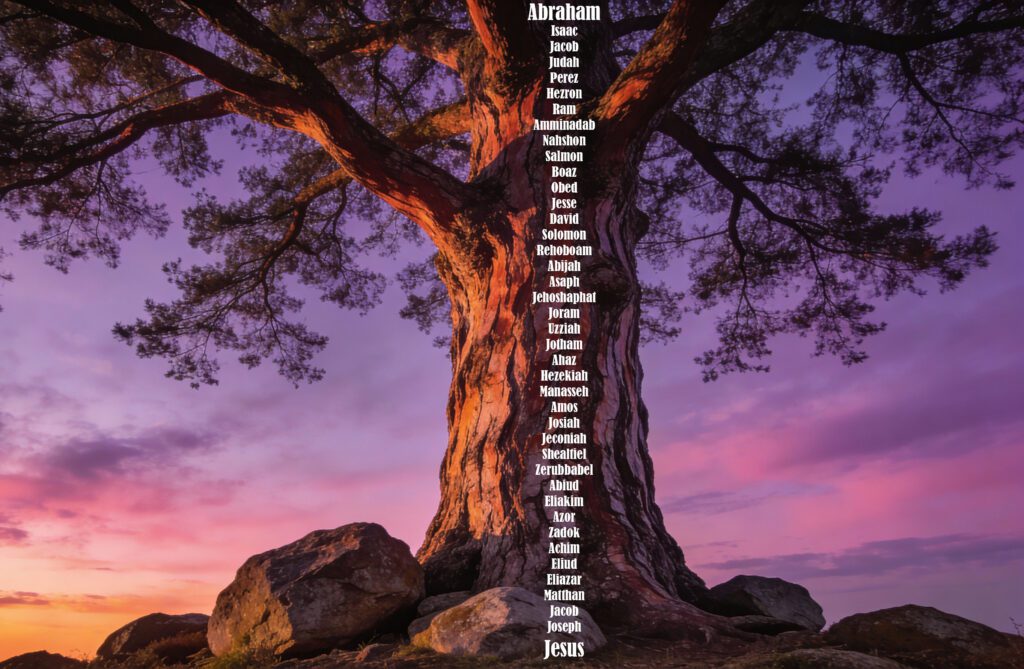Concerning this salvation, the prophets who
prophesied about the grace that was to be
yours searched and inquired carefully, inquiring
what a person or time the Spirit of Christ in
them was indicating when he predicted the
sufferings of Christ and the subsequent glories.
1 Peter 1:11
The above verse from the apostle Peter speaks of the “sufferings of Christ and the subsequent glories.” That statement summarizes both the earthly life and ministry of Jesus and his entering his glory after his resurrection.
As such, it sets forth the pattern the people of God also must follow in this life. Our life in this world is one in which we must suffer as our Leader did, in the hope we will enter his glory upon death or at the appearance of the Lord at the Second Coming. Therefore, the “sufferings of Christ and the subsequent glories” is also the pattern of life for all those who follow Jesus.
Jesus Himself pulled no punches when it came to preparing his disciples for the inevitable sufferings they would face after his ascension to the right hand of God. For example, in his Upper Room discourse (John chapters 13-16), he told his disciples, “I have said all these things to you to keep you from falling away. They will put you out of the synagogues. Indeed, the hour is coming when whoever kills you will think he is offering service to God, And they will do these things because they have not known the Father nor me” (John 16:1-3). These statements predicting the eventual martyrdom of the twelve came to pass (eleven of the twelve apostles were martyred, the exception being John, whom tradition says was thrown into a boiling caldron of oil but would not die, so they banished him to the isle of Patmos).
His last statement before offering up a prayer for the twelve was that “in the world, you will have tribulation. But take heart; I have overcome the world” (16:33). Tribulation is the translation of the Greek word thlipsis which is often translated by the English words ‘affliction’ or ‘trouble.’ Jesus predicted that this pressure would always be with them throughout their age, including the reality of martyrdom. And lest we think that the age of martyrdom is long past, the 20th century had more martyrs than any other century in history. But the word of Jesus promising the disciples tribulation in this world is not limited to the phenomena of martyrdom but speaks of the trouble all believers face while living for Jesus in this present age. It says of the pressure the world exerts on believers as they attempt to walk with Christ in a sinful world. Anyone serious about living the Christian life in this world is personally aware of that pressure in experience.
In the fifth chapter of Romans, Paul writes that the believer should rejoice because he or she has peace with God as a result of receiving justification (Romans 5:1). Such rejoicing should be expected since justification brings such innumerable blessings. But amazingly, the apostle also calls upon believers to continuously rejoice in the fact that of their facing constant sufferings (thlipsis) in this life as well (5:2). Why does he call for rejoicing amidst such a negative prospect? It is because the believer has an understanding of what such sufferings should produce in our lives. Paul mentions three specific things in particular that thlipsis produces: endurance, character, and hope (5:3-5).
Calling to mind how an oyster produces a pearl is helpful in illustrating how God uses affliction to produce godly characteristics. The formation of a pearl starts when a foreign substance slips into the oyster between the mantle and shell, causing irritation. The irritation causes the oyster to protect itself, producing nacre to cover the foreign substance. Over time, these layers form a pearl. So what initially irritates is the means by which a costly stone is produced. In the same way, the apostle speaks of how God uses the sufferings believers undergo to develop godliness and other traits that glorify Him.
This salvation, the prophets who prophesied about the grace that was to be ours searched and inquired carefully, inquiring what a person or time the Spirit of Christ in them was indicating when he predicted the sufferings of Christ and the subsequent glories” (I Peter 1:11). In the above verse from the pen of the apostle Peter, he speaks of both the “sufferings of Christ and the subsequent glories.” That statement summarizes both the earthly life and ministry of Jesus as well as his entering his glory after his resurrection. As such, it clearly sets forth the pattern the people of God also must follow in this life. Our life in this world is one in which we must suffer as our Leader did, in the hope that we will enter his glory upon death or at the appearance of the Lord at the Second Coming. In other words, the “sufferings of Christ and the subsequent glories” is also the pattern of life for all those who follow Jesus.
In future blogs, I will enumerate the three qualities of endurance, character, and hope that is the fruit suffering produces. Suffice it for this blog to demonstrate how believers’ lives follow the same pattern as that of the Lord Jesus Christ, who first suffered before entering his glory. Our life in this world is full of tribulation, but as the Lord told the twelve— “take heart; I have overcome the world” (John 16:33).





0 Comments